Rain batters the once green countryside turned gray beneath the fog. In the distance, a sphere of crackling red energy expands, a slow explosion of fire and lightning enveloping the ruins of a decimated civilization. I stand on the edge of an old watchtower, watching, waiting, transfixed by an existential certainty of encroaching doom.
All of my favorite moments in THE PATHLESS are related to the Storm. After a brief and effective introduction to the game’s core mechanics, players are set loose in a large open world composed of several different regions with little explicit direction. Unlike in most open-world games, however, there are no enemies to fight, no animals to hunt for crafting parts. The only obstacle you face aside from learning to traverse the lush fields with skill and fluidity is the Storm, a manifestation of the dark energy that has corrupted nature’s guardian spirits. There’s no way to fight this threat. All you can do is run.
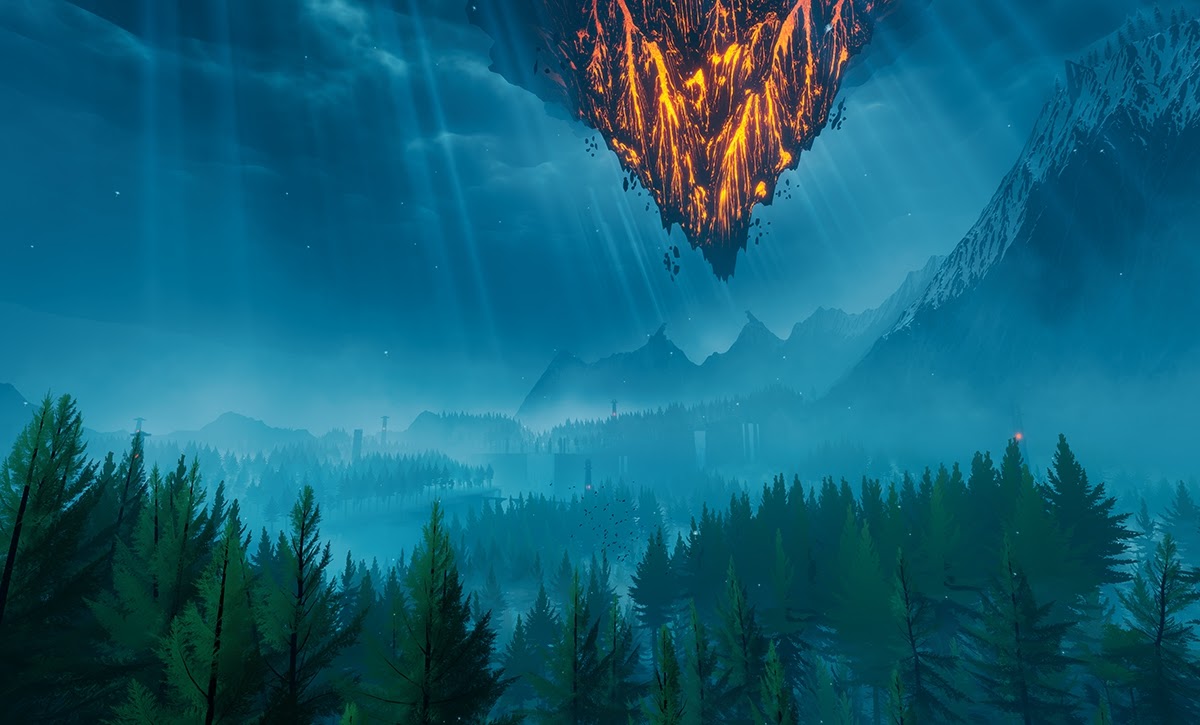
The Storm generates a push-pull decision-making dynamic that is unlike most exploration games I’ve played. If the Storm is expanding in a location you want to investigate, you must either be patient until it runs its course and shifts to a different area or quickly calculate whether you have enough time to achieve your objective. The latter choice usually results in a panicked rush to completion before you’re forced to abandon hope and run for safety. The Storm is one of the most affecting manifestations of the wrath of nature I’ve personally experienced in a game. It has no concern over your location or desires. It forces you to submit to its will, becoming an omnipresent concern even when it isn’t in your field of view. If you don’t know where it is, that probably means it’s bearing down on you right now. Watching it is mesmerizing and running from it is thrilling.
It’s unfortunate, then, that the rest of THE PATHLESS doesn’t manage to be quite so singular.
The majority of time spent playing THE PATHLESS is time spent retreading familiar ground. The game’s open-ended structure and approach to puzzle design echoes BREATH OF THE WILD. The narrative follows archetypes of a corrupted land in need of cleansing a la OKAMI, PRINCE OF PERSIA (2008), or the more recent ORI AND THE WILL OF THE WISPS. Its world is filled with environmental storytelling that hints at the cause of an ancient civilization’s collapse much like dozens of other games. That’s not to say any of these elements fail to be successful technically, but the familiarity bred a sense of stagnation as the hours went by, even as I continued to enjoy navigating the open world.
One area where THE PATHLESS distinguishes itself most is in its fluid movement system. The Hunter is fast and graceful, but only so long as her spirit gauge is maintained. Objects known as talismans are scattered throughout the environment and striking them with an arrow grants a brief burst of speed while regenerating a bit of spirit. The Hunter’s eagle companion supplements her natural acrobatic abilities. By flapping its wings, the eagle can help her reach new vertical heights as well as enable her to smoothly glide through the air. The result is a system that challenges you to intentionally and elegantly navigate from talisman to talisman without ever losing your momentum, a process that is fun right out of the gate, but also offers a few techniques to master as you explore the open world.
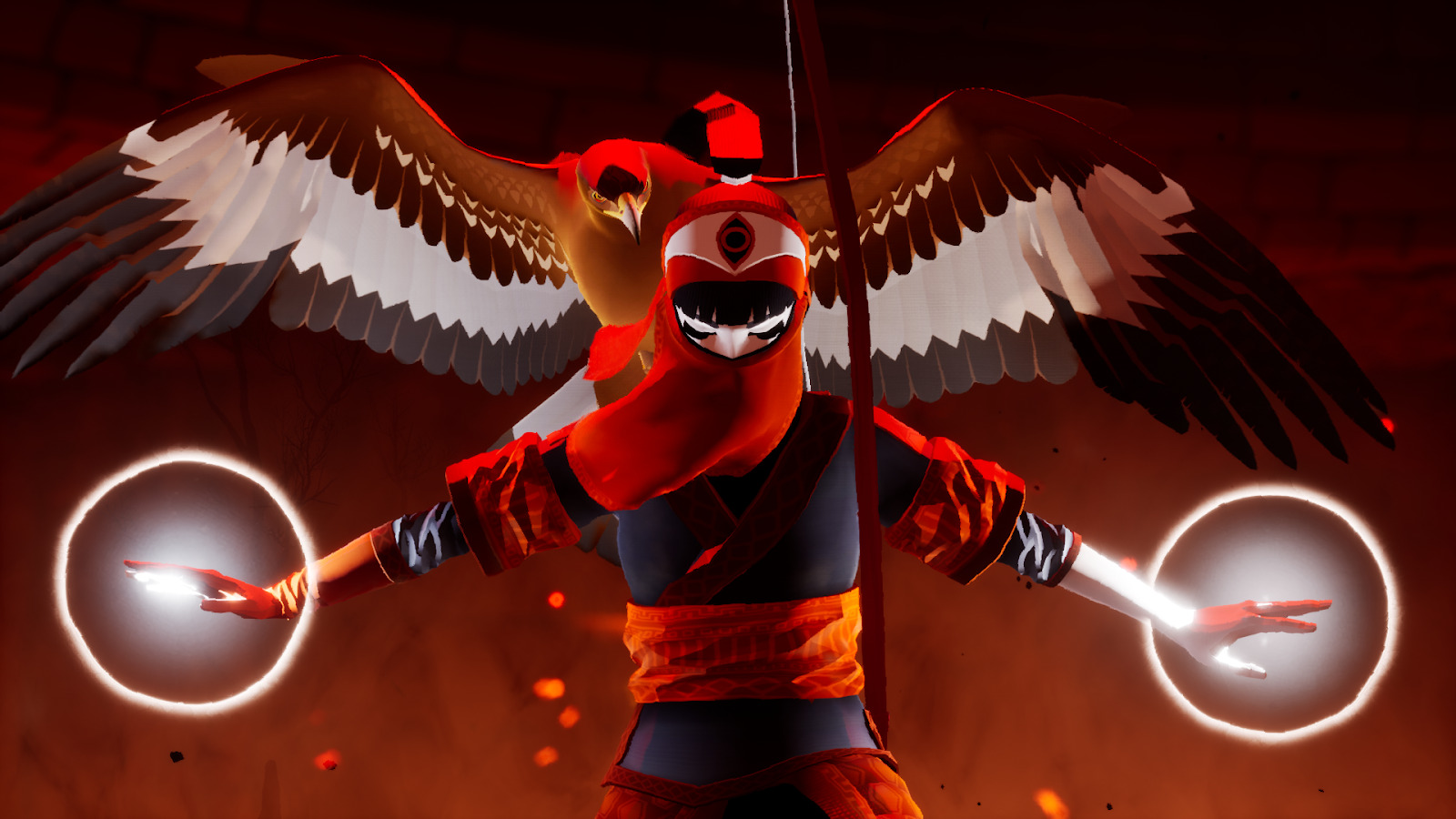
Putting this mastery into practice is rarely essential, though, with the most notable exception being the boss battles that punctuate the conclusion of each region. These multi-stage affairs begin with a breathless pursuit of the corrupted spirit through the heart of the Storm as you dodge incoming fireballs and leap over burning patches of land. It’s the only time when there are obstacles actively trying to stop you from moving fast, and navigating these dangers while maintaining speed as the pulse-pounding music swells is exhilarating. The second stages of these encounters, however, play out like much more conventional boss fights with the player recognizing attack patterns and dodging them until a weak spot exposes itself. They aren’t bad, and the excellent score maintains an intense mood, but they do feel more straightforward, almost like a more interactive quick time event.
Aside from dashing around the wilderness, most of your interaction with the game’s world will come in the form of solving the many environmental puzzles that dot the land. Some of these reward you with the emblems needed to progress the main story while others offer inessential bonuses to the number of times the eagle can flap while carrying you. The best focus on the hunter’s maneuverability with solutions that are easy to figure out but require skill and timing to execute. Unfortunately, most of the puzzles are more about lighting torches to open gates and using your eagle companion to move blocks to activate switches. Though they are brief enough that players get back to the entertaining exploration quickly, these slow, sedentary puzzles don’t play to the game’s strengths and their brevity means that they never get the time to be as creative or complex as they could be. The solution to virtually every puzzle is exactly what you’d expect it to be. When those solutions rely on gravity-defying maneuvers, they’re a lot of fun despite the lack of complexity. When they don’t, they can feel like busy work.
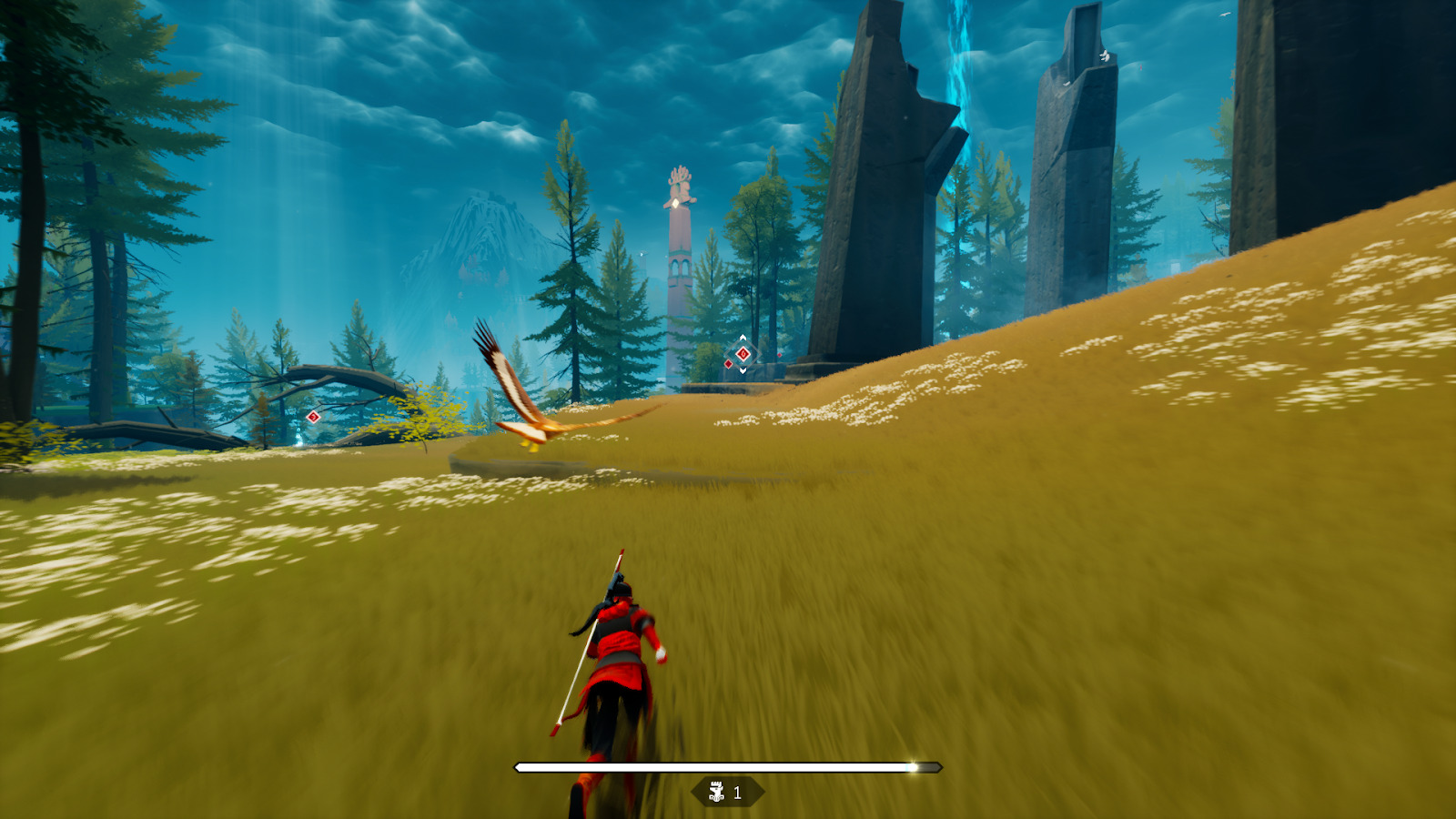
What makes this worse is the sense of repetition that sets in by the latter half of the game. While the puzzle design at the beginning feels right for an introduction, their complexity doesn’t progress much. Even though the game is comprised of four different regions, only one of them offers any slight difference in terms of aesthetic or gameplay experience, being a snow-covered map that favors vertical traversal over lateral. You also unlock some additional benefits to your movement skills after completing each region, but the effects are very subtle. Even the Storm starts to lose some of its majesty as you realize that there is little consequence to getting caught by it. By the end of the game it becomes an inconvenience you’d prefer to avoid rather than a cataclysmic threat on your life.
This is exacerbated by the fact that, as you remove the corruption from each region, the Storm will stop appearing in that area and the excellent music cedes its position to ambient natural sound. It does feel good to bring peace to the world, but it’s odd that progressing through the game slowly removes some of the elements that most engaged me. The result is a game that, even as it’s nearing its conclusion, feels like it’s treading the same ground as its introduction.
To a certain degree, I kind of feel like I’m my own victim here. I’ve played THE PATHLESS twice now. The first time, I played as a completionist, trying to solve every puzzle and see everything the game had to offer. The second, I only did the puzzles that interested me and moved on to each successive region as soon as I could. While the puzzle design and open-world structure are repetitive in each circumstance, the latter of these playstyles makes that repetition feel more like a minor flaw rather than a cardinal sin. But it’s weird that it feels like there’s an ideal way to play a game that is explicitly about finding your own path through the world.
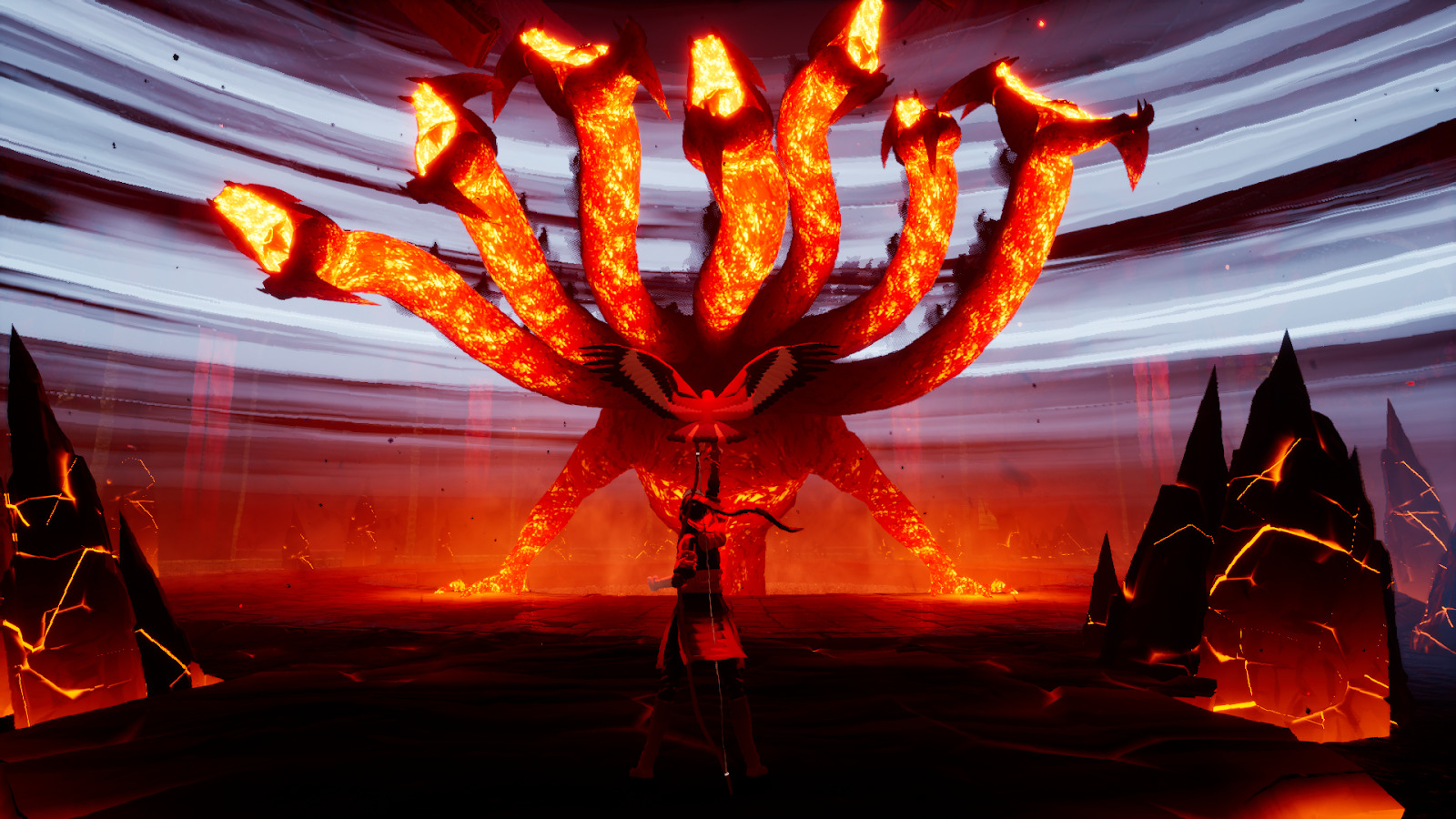
THE PATHLESS is exactly what it appears to be. If the movement system looks fun and the fantasy setting is interesting, you will probably enjoy exploring the game’s world—I know I did. But I was also hoping for more than that. My motivation for pursuing the extent of the game came from its opening. It introduces so many interesting, seemingly interlocking mechanics that I was excited to see how the game would go on to iterate and reinvent them. I felt like the game was always on the verge of showing me something I hadn’t seen before, or going somewhere I wasn’t expecting, but that moment never occurred; I spent 15 hours searching and still haven’t found it.
The line between a good game and a great one is thin, one that can often be defined more by an intangible gut reaction than concrete reasoning. THE PATHLESS is a game that balances on that line for its entire runtime. Sometimes its exhilarating movement system, beautiful soundtrack, and melancholic world combine to instill a sense of wonder. At other times, its structure can feel repetitive and its story formulaic. Most of the time, however, THE PATHLESS sits in the middle ground. It’s a game that is always entertaining but rarely surprising. A good game, but not quite a great one.


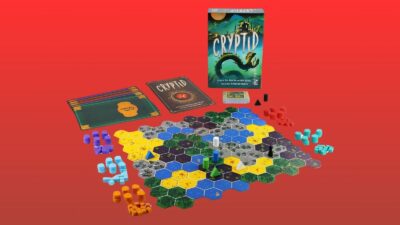
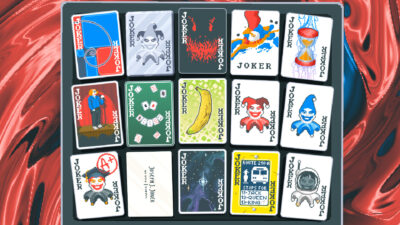

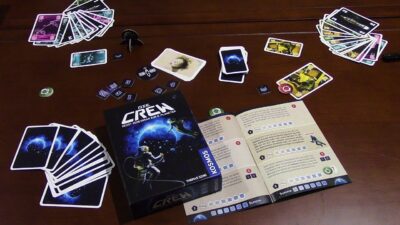
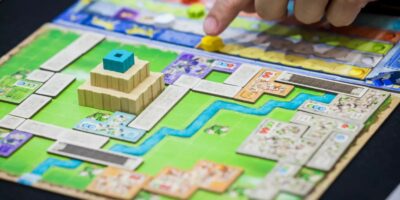


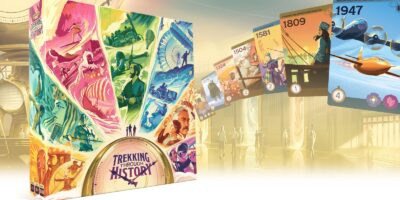






Comments